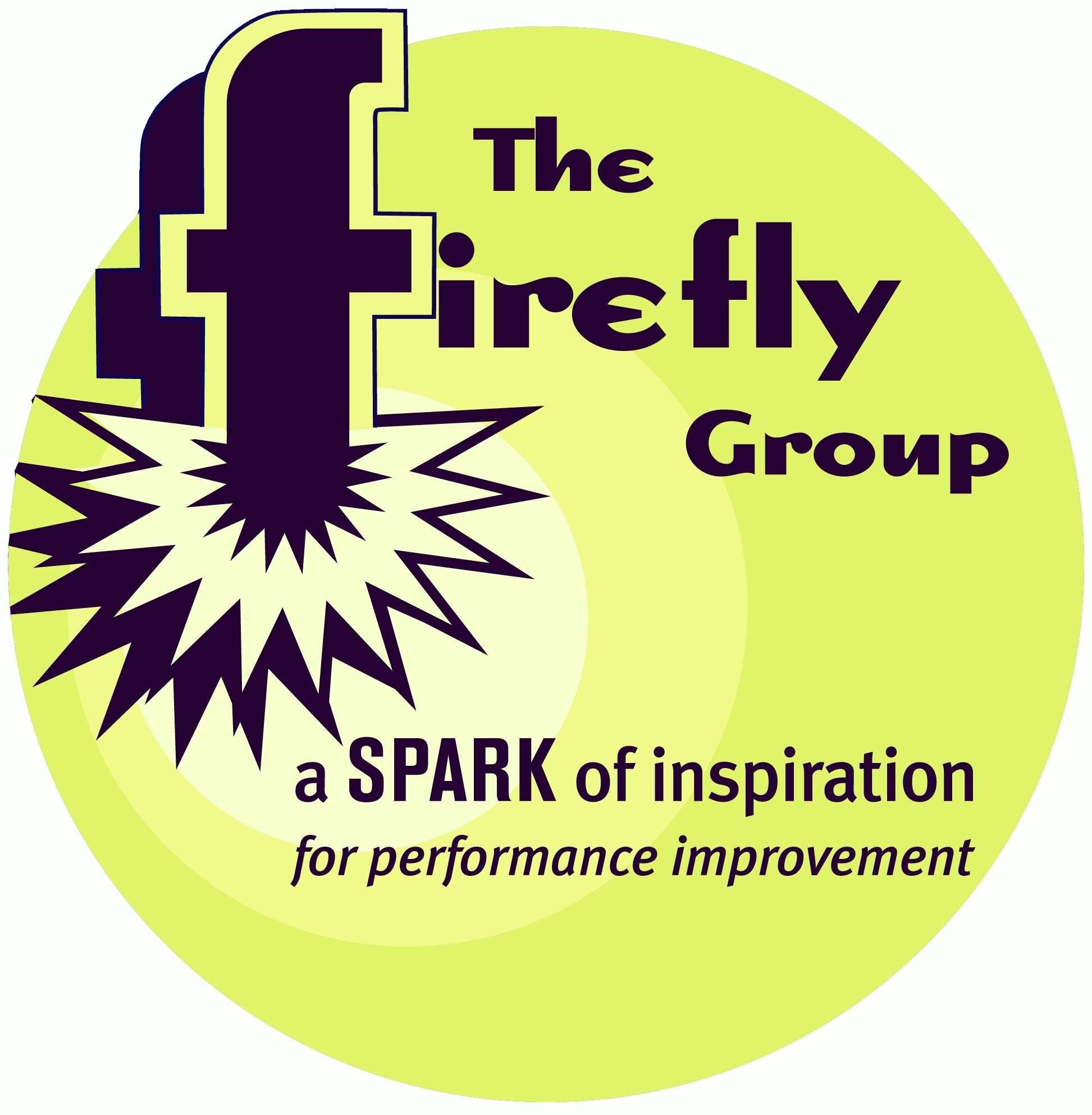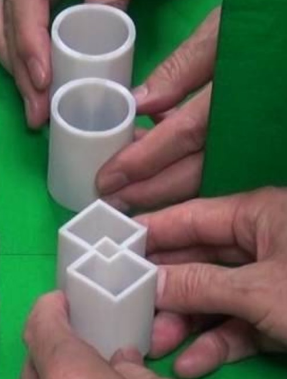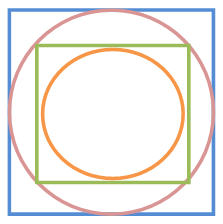

What's New

Words of Wisdom
52
cards and 15 activities to spark conversations and make sense of learning.
Learn more HERE.
What We Do
The Firefly Group helps people make sense of what they learn and experience.
Whether facilitating a group for better decision-making, keynoting a conference, leading a training, or writing an instructional design, we use novel methods that engage, spark creativity, and produce memorable results.
 If
this sounds like a good direction for your organization, let's talk about
how we might collaborate! Please give me a call (802.257.7247) or send an
. - Brian
If
this sounds like a good direction for your organization, let's talk about
how we might collaborate! Please give me a call (802.257.7247) or send an
. - Brian
 Your ETR (Estimated Time to Read): 5 minutes Your ETII (Estimated Time to Implement Ideas): 5 weeks |
What
can you teach with a glass of water and an index card?
Watch my video and find out!
September 2016
|
Say
It Quick |
Discoveries bits of serendipity to inspire and motivate |
Ideas fuel for your own continuous learning |
Activities tips and tricks you can try today |
| Is it a Square or a Circle? | Create a Teachable Moment |
You might think of a circle and a square as being mutually exclusive opposites. Yet a particularly clever three dimensional illusion demonstrates that they are not necessarily dissimilar. By exploring this illusion, you'll discover many analogies to communication, collaboration, inclusion, and expressing your point of view that are relevant for organizational culture and team effectiveness. Learn more beginning with this 99-Word Story.
How Big Is Home?
Driving across the New York interstate, a car approached from behind. With lights flashing and horn blaring, a middle-aged couple smiled and waved enthusiastically as they sped past. "Hey, what's up," I thought. Then I noticed their license plate: Nebraska, just like mine but a county across the state I'd never visited. I waved and smiled emphatically.The three of us had yet to meet but here, a thousand miles from home, we were neighbors, even friends. We could have exchanged gossip at a diner!
The farther you are from home, the bigger home becomes.
 Is
it a Square or a Circle?
Is
it a Square or a Circle?
Imagine drawing a figure that, at the same time, looks like both a square
and a circle. Difficult right? Now imagine making a three dimensional object
that also appears to be both a circle and a square. Impossible!
Yet that's exactly what we see in Kokichi Sugihara's entry for the Neural Correlate Society's Illusion of the Year.
Sugihara of Meiji University in Japan created a collection of three dimensional objects that, seen face-on, look like square tubing. In the same photo, we see the objects reflected in a mirror. But the mirror image shows them clearly as round cylinders! How can this be?
The success of this illusion is dependent upon your point of view. When your eye is trained on the object at a specific angle, you'll see the square tube as if its width had been cut by a knife exactly perpendicular to its length. Your mind expects the object to be designed along three dimensions (length, height, and width) that are all at right angles to each other.
The mirror image presents a circular tube with a similar cut.
In fact, the object has been sliced by a space curve that does not fit into a single plane. The result is an object that represents a continuum from a strict square to a perfect circle with a gradual transition between the two. Seen from a third (or fourth) angle, the object looks like neither a square nor a circle yet you can see elements of both.
The Neural Correlate Society is an organization focused on research about perception and cognition. Using illusions, the Society promotes research into the connections between what our senses perceive and how our mind works. The annual competition they sponsor has produced many startling illusions that reveal surprising insights into how our brain processes information.
Keep your radar tuned to the Neural Correlate Society for eye opening illusions that can bring insight to your leadership and learning. And when you see something fascinating, please share it with me! (Special thanks to Scott Simmerman of Performance Management Company and Square Wheels, for telling me about this illusion and inspiring this issue of the Firefly News Flash!) http://www.squarewheels.com/
Resources:
The Neural Correlate Society's Illusion of the Year Winners: http://illusionoftheyear.com/
A demonstration of Kokichi Sugihara's Ambiguous Cylinder Illusion: https://www.youtube.com/watch?v=oWfFco7K9v8
An explanation of Kokichi Sugihara's Ambiguous Cylinder Illusion: http://motherboard.vice.com/read/how-the-morphing-cylinders-of-the-illusion-of-the-year-work
A summary of the winning Illusion of the Year awards by Scientific American: http://blogs.scientificamerican.com/illusion-chasers/a-review-of-2016-s-best-illusion-of-the-year-contest-video/#
 A
Circular Square Dance
A
Circular Square Dance
The Ambiguous Cylinder illusion offers choreography for an enlightening dance
between the extremes of the circle to square continuum with many lessons for
leaders and their teams. Here are a few.
Square Peg: The saying goes that you can't fit a square peg into a round hole. The suggestion is that sometimes there is a mismatch between ideas, people, or plans and that some things (or people) are simply incompatible. We should not try to force a relationship that is not meant to be. But the Ambiguous Cylinder Illusion calls that truth into question. Perhaps, instead, we are too entrenched in our own position to see how the fit might actually work.
The Real Reality: We are all wonderful advocates for our own position. I can tell you about what I see in great detail and you won't convince me of anything different. I see what I see! Yet, this illusion demonstrates that totally opposite positions can have equal validity because all perceptions have a basis in our shared reality.
Division: We tend to take extreme positions and see sharp divisions. This is especially true in western cultures and particularly in the United States. You are either for me or against me with no possibility for middle ground or the nuances of gray shading. But this illusion shows how the truth is a blending of opposites; a continuum of potential truths from which we choose the facts that most suit us.
P.O.V.: Most people understand that everyone has a different point of view. Yet we assume our viewpoint is shared broadly by many like-minded (and likable) individuals. In fact, our point of view is really very narrow. The ambiguous cylinder can only be seen as a square tube by looking at a specific part of the object and from a precise vertical and horizontal angle. A slight change in these variables destroys the illusion and reveals a very different object. And a minor change in our position also cracks the illusion that our perspective is the most comprehensive worldview.
Distance: Perspective and opportunities for reflection don't come just from our angle of view. We also find them with distance. Taking a few steps back from the illusion, we can see both similarities and differences. The result is a hybrid relationship that upholds essential qualities of the extremes yet could not have been imagined at the start. This is similar to the 99-Word Story. Back in Nebraska, the drivers in the story would certainly only have seen their differences. But with distance, they found common ground in a new context.
If you'd like to invite your team to the Circular Square Dance, follow the suggestions below for turning these ideas into a meaningful group activity.
Create
a Teachable Moment
Suppose you identified an issue worthy of discussion by your team such as
a mismatch between individuals (Square Peg), people with entrenched views
(The Real Reality), oppositional thinking (Division), unwillingness to consider
other points of view (P.O.V.), or the advantages of stepping back from one's
position (Distance). What would be a good way to introduce the topic?
You could simply talk about it by raising your concerns and suggesting people figure out how to work together better. You could insist that everyone read an article from a business magazine about communication and collaboration. Or you could make it memorable by using the Ambiguous Cylinder Illusion. Here's how.
Step 1: Pose a provocative question. Ask something like, "Is it possible for an object to be both a square and a circle at the same time?" or, "A circle and a square are opposites in many ways. Could someone make something that is shaped like both of them?" Listen to a few answers.
Step 2: Show the illusion. Display a still shot from the video if the illusion. Point out that there is a mirror showing the opposite side of the object in the foreground.
Step 3: Ask for explanations. Invite people to share ideas that might explain what they have seen. Encourage a conversation about what might be happening on the levels of perception and cognition that might shed light on the illusion.
Step 4: Reveal the explanation. Play the video (from Motherboard.com) that shows the objects as they are turned to the side. Share the idea that the cylinders are not cut along the expected perpendicular plan but along a curved space outside a plane.
Step 5: Make it tangible. In your explanation, emphasize the features of the illusion that speak most directly to the issue you want people to discuss. For example, "Suppose instead of a mirror, someone sat across from you looking at the object. How would you react when the person insists the tube is circular? To what extent would you try to convince that person that the cylinder was square and not circular? How might you change their mind without touching the object?" (The Real Reality).
Step 6: Make it relevant. Next, ask questions that will help people make connections with their work situation. "How is this similar to disagreements we've had as a team? What's an example of a time our team members have had trouble convincing each other of opposing points of view? What has been the result, positive or negative, of these oppositional views?"
Step 7: Make a plan. As a group, decide how to use insights from the illusion to inform future decisions and actions. "Opposite points of view are inevitable. To what extent should we try to resolve them? What are some signals that we are arguing the opposites of a common reality? How can we use the best of each opposite for a novel solution?"
With this process, you can step back from a situation, gain valuable insights from your team, and focus a new perspective for problem solving. And when you do, please share what you learned!
|
Whether you need a keynote speaker, or help with strategic planning, performance improvement, or training facilitators and trainers in your organization, I look forward to your call (802.257.7247) or . -- Brian |
Read previous
issues. Click Library!
To add or delete your name to our mailing list, email
with a short note in the subject line.
I want this newsletter to be practical, succinct, and thoughtful. If you have suggestions about how I can meet these criteria, please let me know! Send me an with your thoughts and ideas.
Home
| Services | Products
| Mission | Ideas
| The Group | The
Buzz
(c)
2016 The Firefly Group